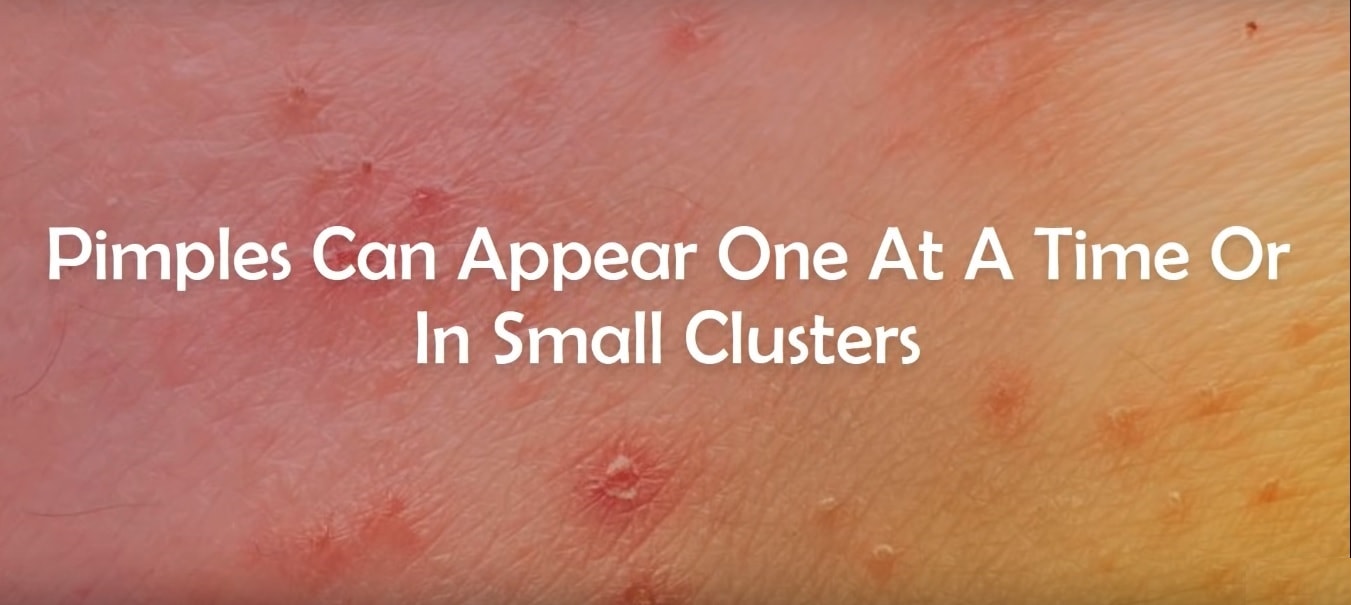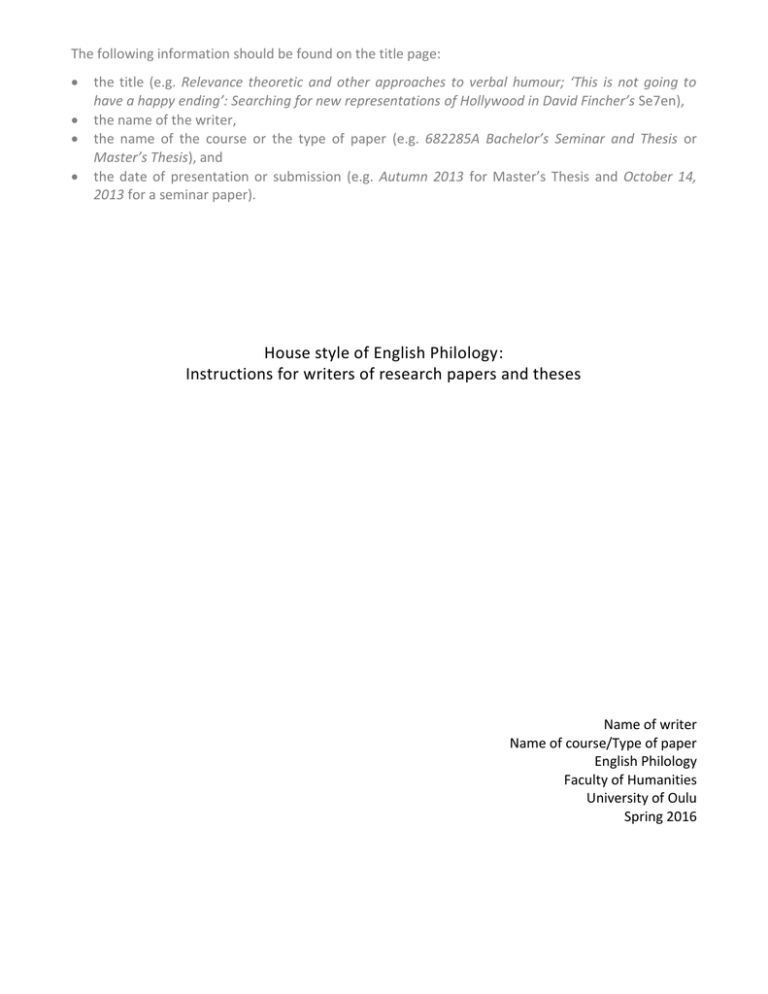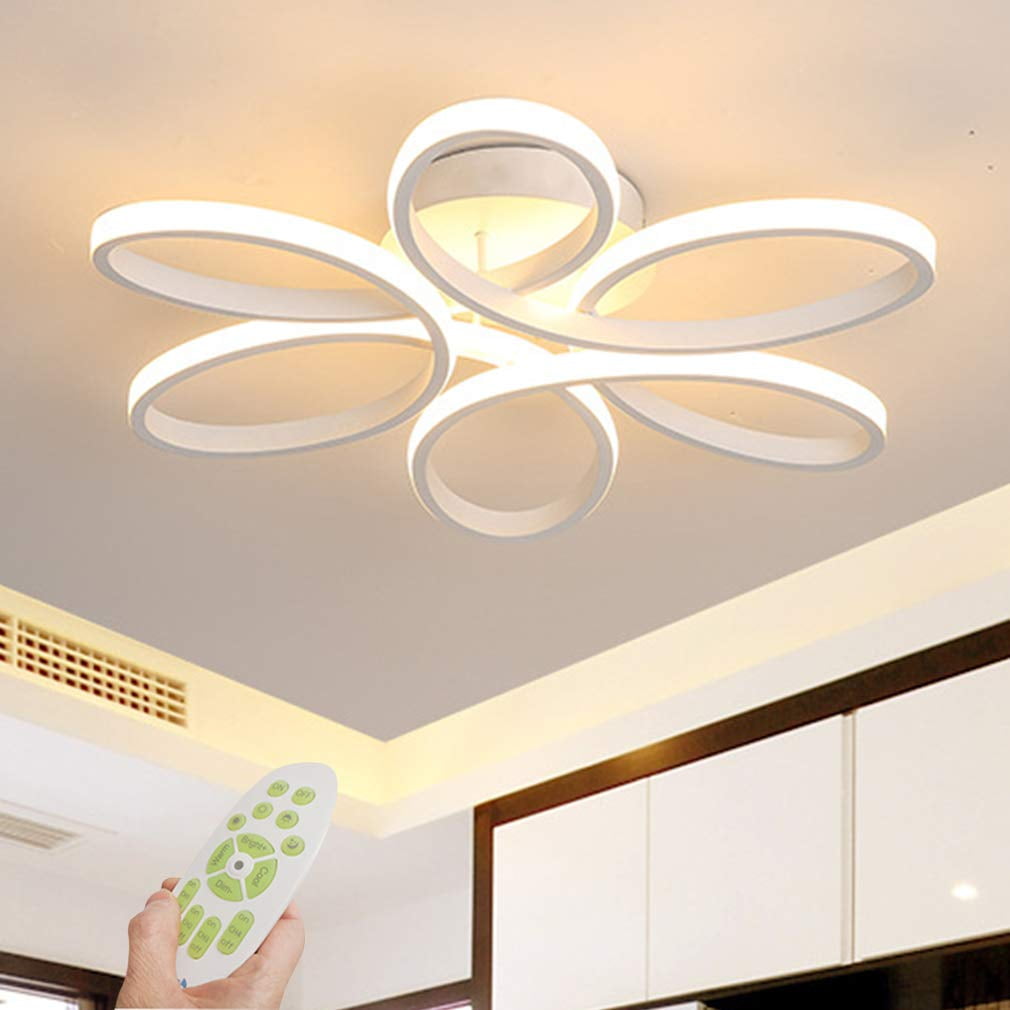Table Of Content

This can help ease the ingrown hair out of the skin on its own. For a severe infection, they can prescribe medication to treat it and coax the hair out. For example, prescription steroid creams can reduce inflammation, and prescription-strength antibiotic creams can treat the infection. Waxing and sugaring remove the hair from the follicle, which is why the results can last so much longer than shaving. Sometimes, though, the hair breaks above or below the skin's surface as it's being uprooted. Just like shaving, these sharp, broken ends create a breeding ground for hair growing back into the skin.
Laser hair removal
One ingrown hair may form a cyst — a red, yellow, or whitish lump beneath the skin. If a person develops an infection, they should contact a healthcare professional for treatment. A person with an ingrown hair or resulting cyst should avoid scratching, picking, or squeezing it. Over time, an ingrown hair may develop into a cyst — a sac of fluid beneath the skin.
What are ingrown pubic hairs?
Is it more hygienic to remove pubic hair? - The Guardian
Is it more hygienic to remove pubic hair?.
Posted: Mon, 11 Jul 2016 07:00:00 GMT [source]
Reaching for the tweezers may be tempting, but letting nature run its course is safest. Plucking a hair out from the root may only turn an extrafollicular ingrown hair into a transfollicular one—not really fixing the problem. There's always a more permanent option if you're sick of having irritated skin from waxing or shaving.
Risk factors
If you choose to shave, use a new, clean razor every time, as used razors can carry bacteria. It’s best to shave in the direction of hair growth if you can, but that can be hard to tell. It’s common for pubic hair to grow in multiple directions. The most common cause of ingrown hair is hair removal. But any time we thoroughly remove hair from the surface, there’s a chance that one might grow back in the wrong direction.
There are some things you can do to reduce your risk of an injury or infection during and after grooming your pubes. Abscesses are deep, under-the-skin infections that cause pain, swelling, and redness. As mentioned above, pubic hair serves a protective function by trapping pathogens that could otherwise enter your body. This is one of the most common misconceptions about pubic hair. On the other hand, among people assigned male at birth, a lack of hair in the pubic region can be a sign of low testosterone production.
Barber’s itch is most commonly experienced by Black men. It often appears on the face and neck, but can also occur in the pubic area, particularly if the area is waxed or shaved. Treatment includes antibiotics and plucking of infected hair follicles. If ingrown hairs have become infected, you’ll need to treat them to reduce the chance of more irritation and further infection.
What causes genital folliculitis?
These actions can introduce bacteria into the hair follicle, which can lead to an infection. There are a lot of reasons why people get rid of their pubic hair. Talk to a doctor if you’re experiencing irregular hair growth alongside other unusual symptoms. Some sources even refer to pubic hair as a “dry lubricant.” That’s because it’s easier to rub hair against hair than it is to rub skin against skin.
Woman's “Ingrown Hair” on Her Vagina Turned Out to Be Melanoma - Prevention Magazine
Woman's “Ingrown Hair” on Her Vagina Turned Out to Be Melanoma.
Posted: Tue, 01 Oct 2019 07:00:00 GMT [source]
In rare cases, your healthcare provider may use a sterile surgical knife with a thin blade (scalpel) to make a small cut in your affected areas. They’ll squeeze out any pus and use sterile tweezers to remove the ingrown hair. Every day, gently rub around the ingrown hair bumps in a circular motion.

Preventing infected hair follicles in the pubic region includes practicing proper hygiene, including regular washing with warm water. Do not share towels, and change your washcloth often to prevent bacteria buildup. Dirty hot tubs and spas can also cause folliculitis, as bacteria thrive in inadequately chlorinated warm water. Make sure to clean in between your legs and around your vagina thoroughly after sex and after using a hot tub to reduce your chances of infected hair follicles.
If the bump becomes too itchy or painful, there are many ingrown hair treatments that can help you heal. When an ingrown hair develops, you may notice a painful pink bump. You may also experience pain or itching around the area. As long as it doesn’t become infected, an ingrown hair is harmless and usually goes away without treatment. Most ingrown hairs resolve once a person stops removing their hair, giving the damaged follicles a chance to recover.
An old or dull razor can harbor bacteria and cause ingrown hairs. This article explains what an ingrown hair cyst looks like and why these bumps form. It also covers some home remedies and medical treatments for ingrown hair cysts, as well as tips for preventing them.
If possible, people should leave ingrown hairs alone to heal and refrain from scratching, shaving, or trying to pop them. When a hair grows into the skin, it causes inflammation, which presents as redness, along with some swelling, itching, and pain. Despite this association, more evidence is needed to determine if grooming directly contributes to this increased risk. More research needs to be done to understand the link between pubic hair removal and sexual sensation. For instance, people who remove their pubic hair are more likely to be young, so it would make sense that they also report increased sexual functioning. For some, removing their pubic hair is simply a matter of personal preference.
It does not explain all of the proper treatments or methods of care. Laser hair removal is generally safe when done by a licensed professional. There may be swelling or redness for a few days after it’s done. Still, some people choose to groom their pubic hair out of comfort or personal preference.
Apply rubbing alcohol to your surrounding skin to prevent an infection. Then, carefully thread the sterile needle, pin or tweezers through the exposed hair loop. Gently lift the hair loop until one end releases from your skin.
It’s an obvious physical sign of sexual maturity — and consequently, one’s ability to reproduce. After the infection has cleared, you may have a scar or discolored skin that can last for several months. Don’t dig for the hair, as this increases the risk of causing or spreading an infection. A person should then wash the area with warm, soapy water and pat it dry. Avoid touching the area until it has fully healed, as this can cause further irritation.
A good skin care routine helps prevent ingrown hairs from forming, while at-home treatments can help release the hair from underneath your skin and provide relief. Contact your healthcare provider if you notice any signs of infection. Ingrown hair cysts happen when a hair follicle gets blocked, and the hair grows into your skin instead of out.


















